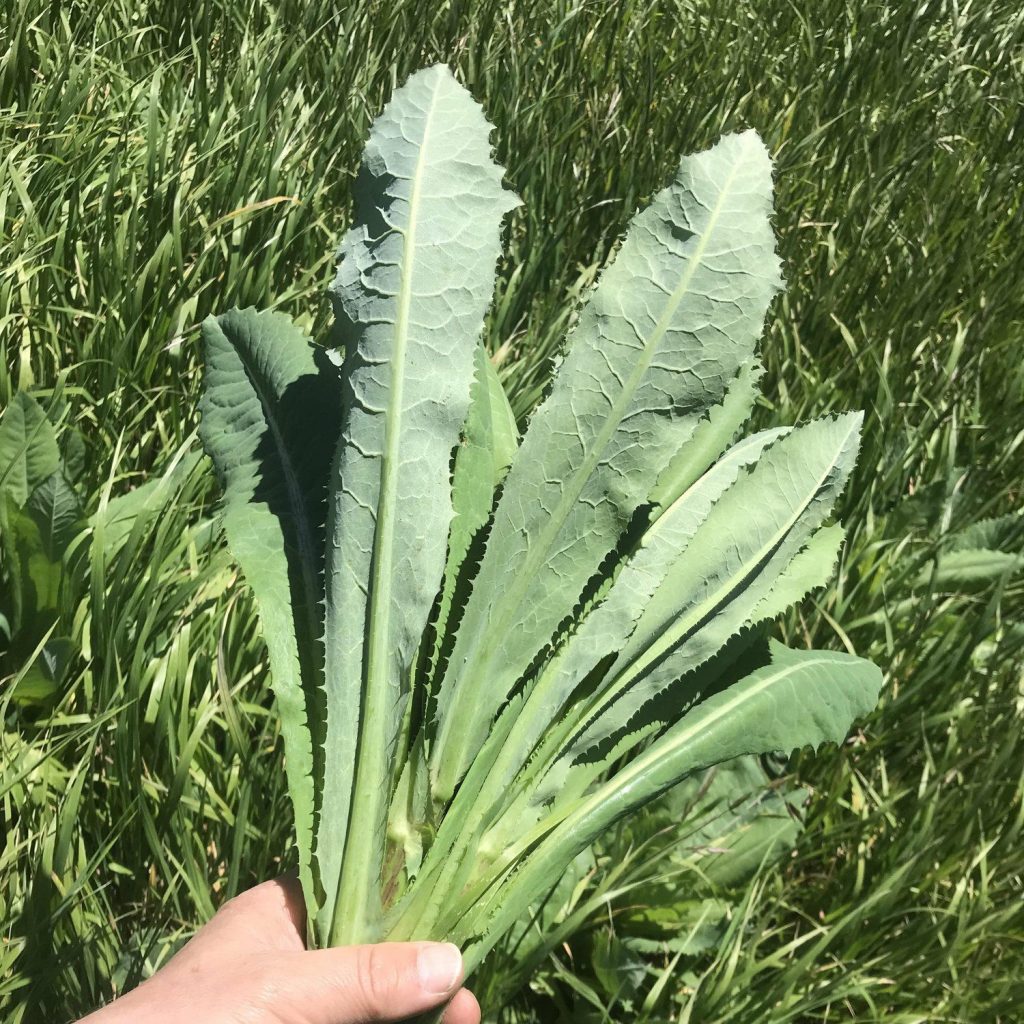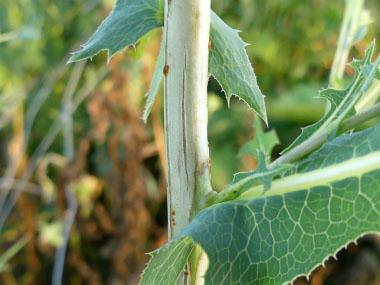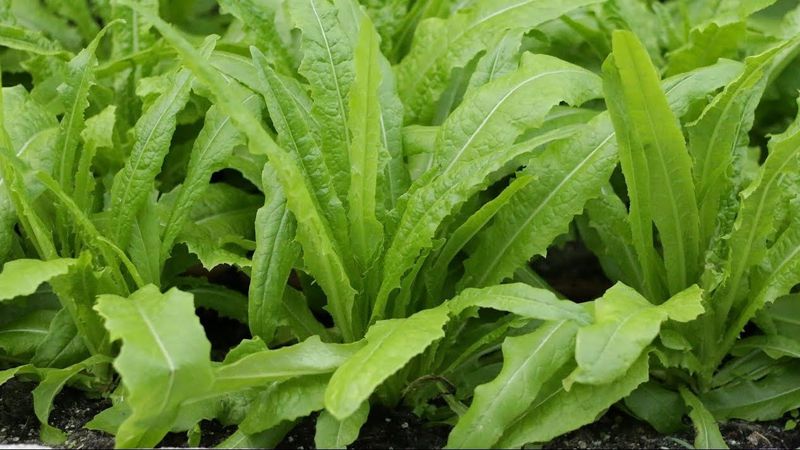Is This ‘Weed’ More Valuable Than You Think?
Wild Lettuce (Lactuca serriola) – A Versatile Plant with Many Benefits
Wild Lettuce, also known as Lactuca serriola, is a plant that belongs to the Asteraceae family and is native to parts of Europe, Asia, and North Africa. Despite being considered a weed by many, Wild Lettuce has gained attention for its various medicinal and practical uses, with every part of the plant—its leaves, flowers, stems, and latex—offering unique benefits. Let’s explore the uses and properties of this remarkable plant.

1. Leaves
The leaves of Wild Lettuce are known for their high nutritional value and have been used in folk medicine for their sedative and pain-relieving properties. Rich in vitamins A and C, as well as other beneficial nutrients, the leaves can be consumed both raw and cooked. Some of the primary benefits of Wild Lettuce leaves include:

- Pain Relief: The leaves are often used as a natural remedy for pain relief, particularly for conditions like arthritis or headaches, due to their anti-inflammatory properties.
- Calming Effects: The leaves contain compounds that can help induce relaxation and alleviate stress and anxiety. They are sometimes used in teas or tinctures to promote better sleep.
- Digestive Health: The leaves have mild laxative properties that can aid in digestion and help relieve constipation.
2. Flowers
Wild Lettuce flowers are small, yellow, and grow in clusters. They are not only beautiful but also useful in various medicinal applications. The flowers have been used in the following ways:

- Sedative and Sleep Aid: Similar to the leaves, the flowers of Wild Lettuce contain alkaloids that have calming and sedative effects, making them a popular ingredient in sleep aids and natural remedies for insomnia.
- Respiratory Health: The flowers have been traditionally used to treat respiratory issues, such as coughs, bronchitis, and asthma. They help soothe the airways and reduce inflammation in the lungs.
3. Stem
The stem of Wild Lettuce is less commonly used but still possesses medicinal value. It contains latex (a milky sap) and has various therapeutic properties. The stem can be utilized in the following ways:

- Pain Relief: The stem of Wild Lettuce has natural analgesic (pain-relieving) properties. It can be applied to areas of pain or discomfort to help ease muscle aches and joint pain.
- Anti-inflammatory: It has been used for its anti-inflammatory effects, which can be beneficial in treating conditions like arthritis or skin inflammation.
4. Latex (Sap)
One of the most unique and powerful parts of Wild Lettuce is its latex or milky sap. This sap has been used for centuries for various medicinal purposes:

- Natural Painkiller: The latex of Wild Lettuce contains compounds that are believed to act as natural opiates, offering mild pain-relieving effects. It is sometimes used as a substitute for more conventional painkillers, especially in cases of chronic pain or muscle cramps.
- Anxiolytic and Relaxant: The sap has sedative properties that can help reduce anxiety and induce sleep, much like the flowers and leaves of the plant.
- Topical Applications: The latex can be applied topically to treat skin conditions like warts, bruises, and minor cuts. It is thought to promote healing and reduce swelling or inflammation in affected areas.
Conclusion

Wild Lettuce (Lactuca serriola) is much more than just a weed. Every part of this plant, from its leaves to its flowers, stems, and latex, holds valuable medicinal benefits. It has been used for centuries as a natural remedy for pain relief, anxiety reduction, respiratory health, and digestive support. Whether consumed in teas, tinctures, or applied topically, Wild Lettuce offers a natural alternative to many modern treatments. As with any medicinal plant, it’s important to use it with caution and consult a healthcare professional before incorporating it into your wellness routine.
By harnessing the full potential of Wild Lettuce, we can make use of nature’s versatile remedies to support our health and well-being.



